 Shutterstock
Shutterstock
Our dogs are loyal companions, lovable shadows, and the cutest family members. But time flies between games of fetch and sneaky treat sharing, and suddenly, your once-bouncy pup might be showing quiet signs of aging. Unlike us, dogs don’t throw birthday parties or complain about back pain—their signs are subtle and easy to miss. That’s why knowing what to look for matters. These small changes can sneak up on you, but spotting them early helps you make their golden years as happy and comfy as possible.
Slower Morning Movement
 Shutterstock
Shutterstock
If your dog used to bounce out of bed like a caffeinated toddler and now stretches, groans, and slowly shuffles to their feet, it could be a sign of joint stiffness or early arthritis. Just like humans, dogs can get achy with age, especially after a night of sleeping in one position. While it may look cute watching them warm up like an old gym coach, it’s a sign that their joints are feeling the years. Morning stiffness is often the first red flag that their youthful sprightliness is starting to fade.
Graying Around the Muzzle
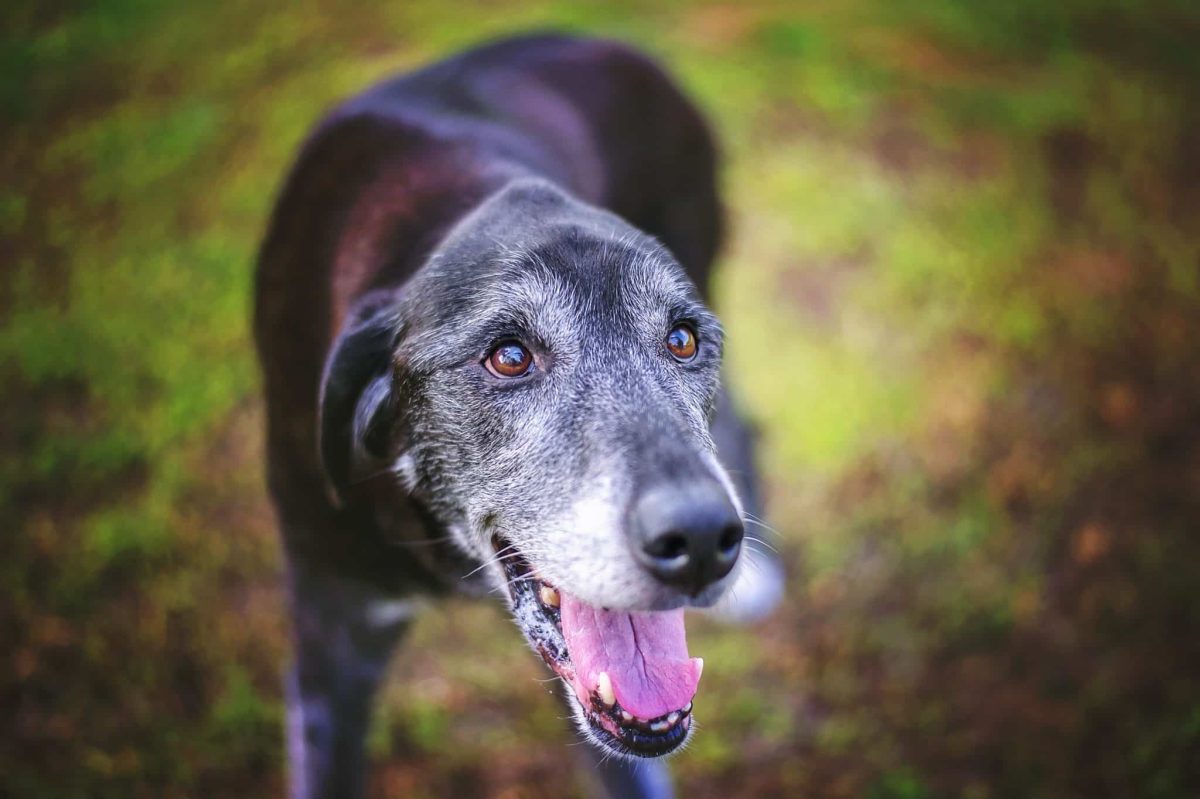 Shutterstock
Shutterstock
A little salt-and-pepper snout might look dignified, but it’s one of the most visible signs your dog is entering their senior years. Many dogs start to show gray fur around their muzzle and eyes as early as age 5 or 6, depending on the breed. While this doesn’t necessarily mean they’re ancient, it does hint at biological changes beneath the surface. And if they start matching your graying hair, well, that’s a new level of bonding.
More Frequent Naps
 Shutterstock
Shutterstock
If your dog is suddenly the reigning nap champion in your household—out-snoozing even the cat—it might be more than just a lazy day. Older dogs tend to tire out faster and need more sleep to recharge. What used to be a quick power nap after a walk might turn into a full-on three-hour snooze. You may even notice them opting out of playtime just to curl up in their favorite spot and call it a day.
Decreased Interest in Toys
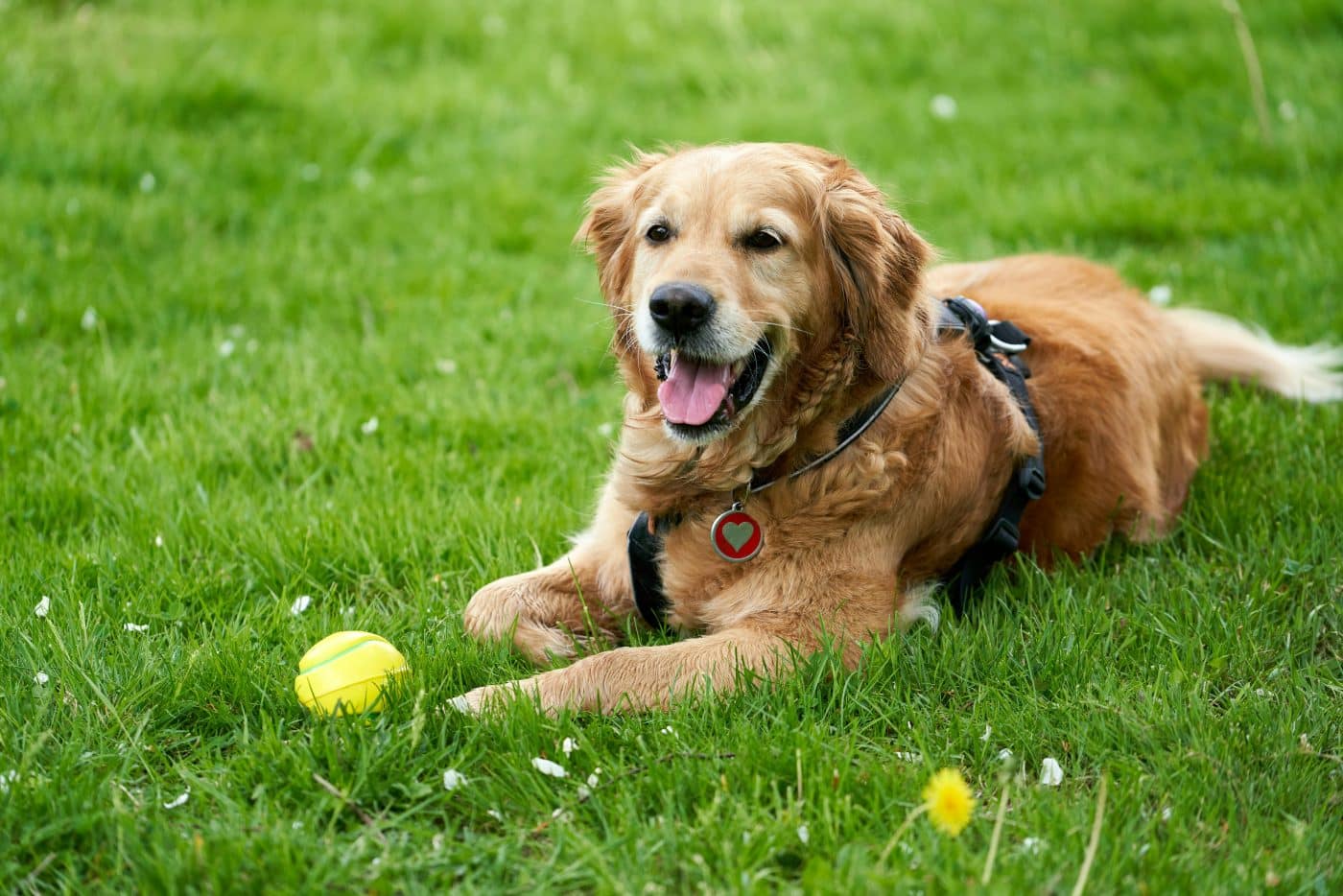 Shutterstock
Shutterstock
You know something’s up when your dog ignores their beloved squeaky duck or ball that once caused full-on zoomies. Aging dogs often experience a decrease in energy, motivation, or even changes in vision or dental health that make toys less exciting. Their playful nature might still be there, but the enthusiasm just doesn’t hit the same. If the toy now collects dust instead of drool, it’s a subtle sign that the puppy in them is starting to fade.
Weight Fluctuations
 Shutterstock
Shutterstock
Older dogs often have changes in metabolism and activity levels, which can lead to sudden weight gain or loss. They may become less active and pack on pounds, or lose weight due to muscle loss or health issues. Even if they’re eating the same amount, their body could be processing food differently. If your dog starts looking a little too chunky or suspiciously skinny, it’s time to check if age is creeping in with a slow metabolism.
Vision Troubles
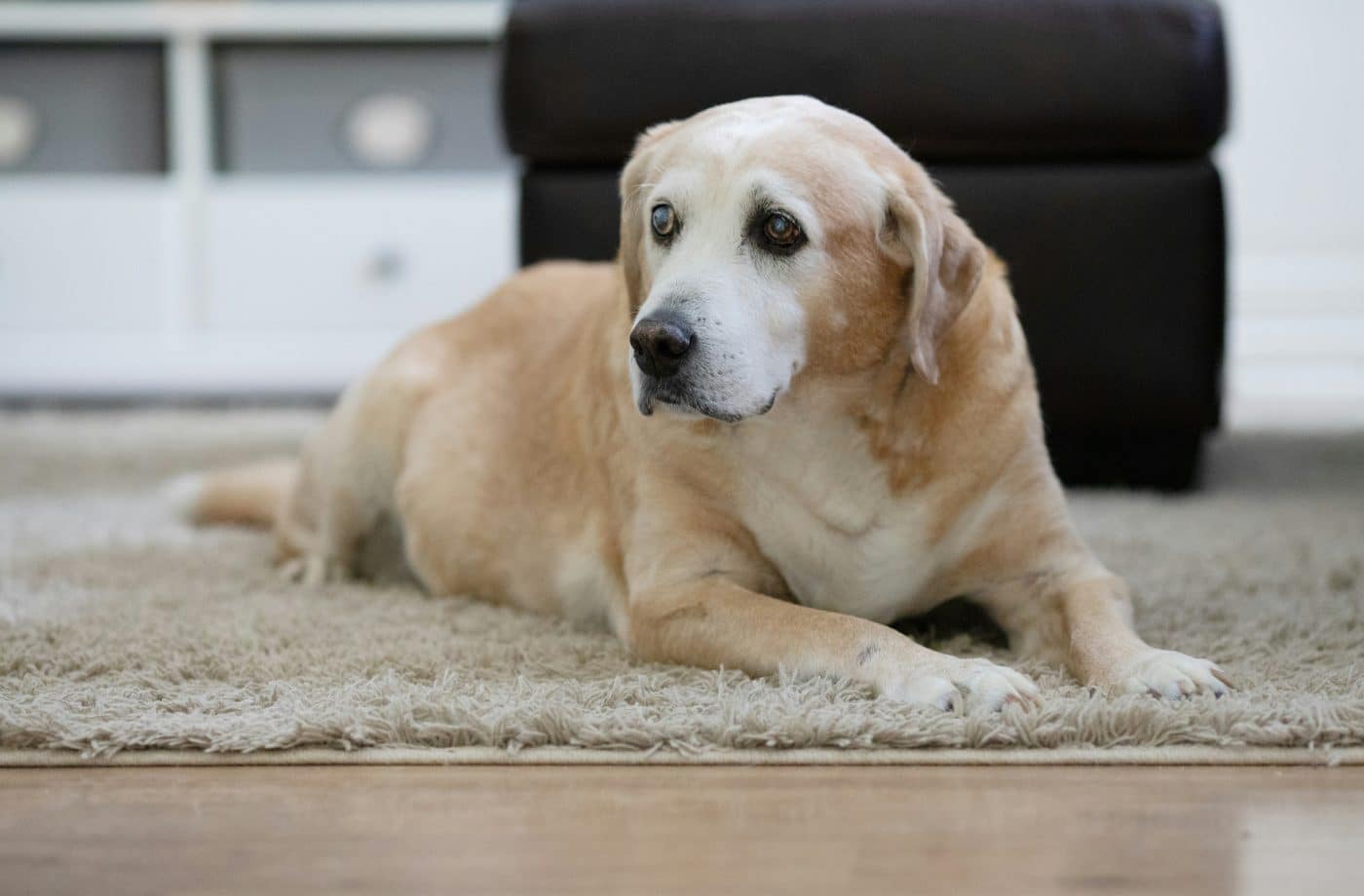 Shutterstock
Shutterstock
Is your dog suddenly bumping into furniture or hesitating before climbing stairs? These could be early signs of vision loss, common in aging dogs due to cataracts or retinal degeneration. They may become more cautious, avoid dark rooms, or startle easily when approached. While they’re not trying to turn your coffee table into an obstacle course, their eyes just aren’t what they used to be.
Hearing Loss
 Shutterstock
Shutterstock
If your dog used to come running at the sound of their name or the treat jar and now doesn’t budge until you wave your arms like an inflatable tube man, hearing loss could be setting in. Age-related hearing decline usually starts slowly and can easily be mistaken for stubbornness or daydreaming. Dogs with fading hearing might not respond to commands or may sleep through thunderstorms and doorbells. They’re not ignoring you—they just literally didn’t hear you.
Difficulty Climbing or Jumping
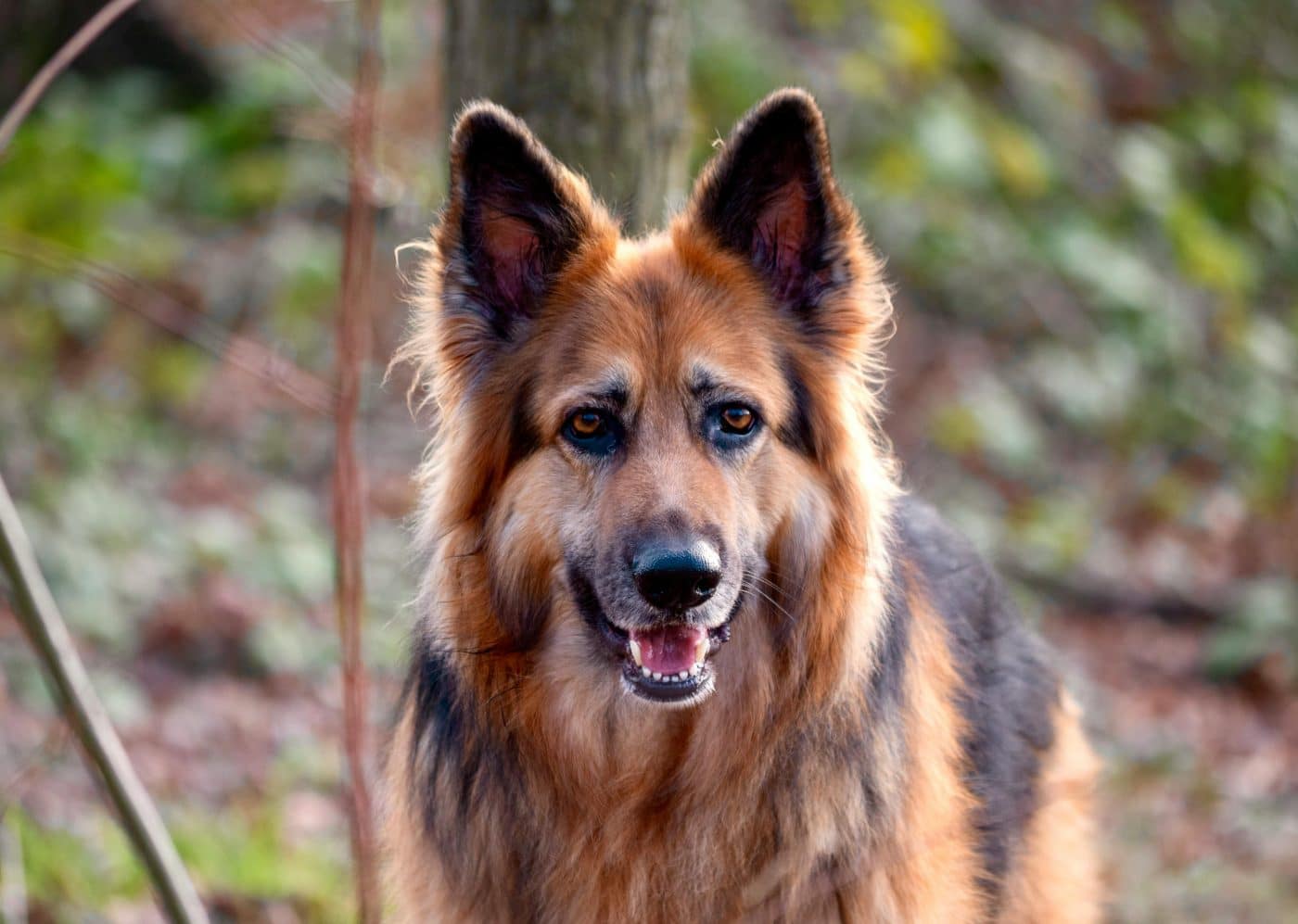 Shutterstock
Shutterstock
You may notice your pup hesitating before hopping into the car or struggling to leap onto the couch like they used to. That hesitation or clumsy climb is often due to muscle loss, joint pain, or arthritis—common in aging dogs. These changes are gradual and often dismissed as “just a lazy day,” but they signal your dog is no longer the spring-loaded jumper they once were. It might be time for ramps or a boost.
Behavioral Changes
 Shutterstock
Shutterstock
Has your sweet dog turned into a grumpy old man overnight? Aging can affect mood and temperament, especially if pain or confusion is involved. Some dogs become more anxious, irritable, or withdrawn. Others may suddenly cling to you like Velcro. While personality changes can be caused by many factors, subtle shifts in behavior often signal that their body and brain are feeling the weight of time.
Bad Breath That Won’t Quit
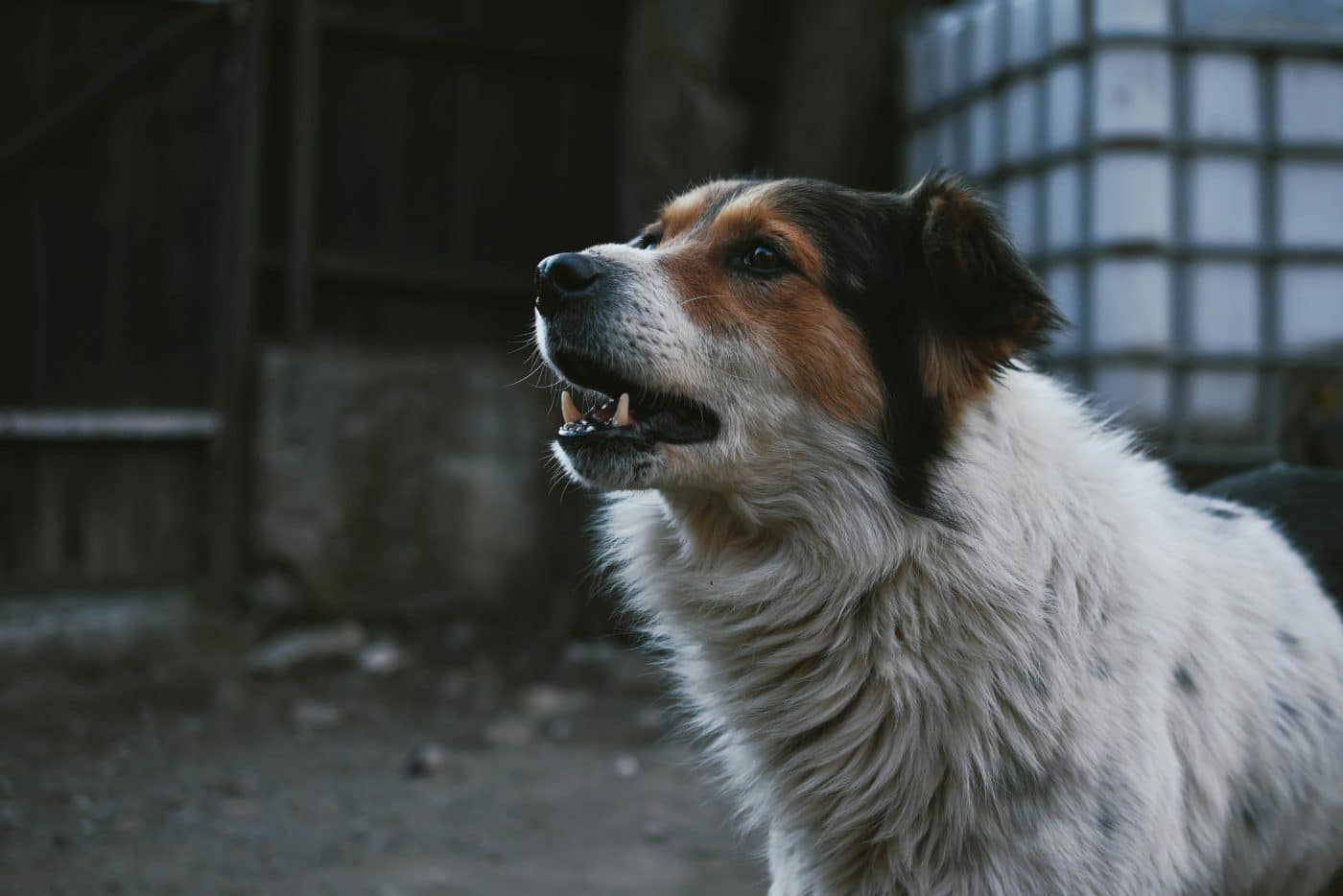 Shutterstock
Shutterstock
Sure, dog breath has never been known to smell like roses, but if your pup’s breath has suddenly become unbearable, it might be due to aging-related dental disease. Gum infections, tooth decay, and oral bacteria are common in older dogs and can cause persistent halitosis. That stench isn’t just offensive—it’s your dog’s mouth telling you they’ve probably got more tartar than teeth left. Time to visit the doggie dentist.
Accidents in the House
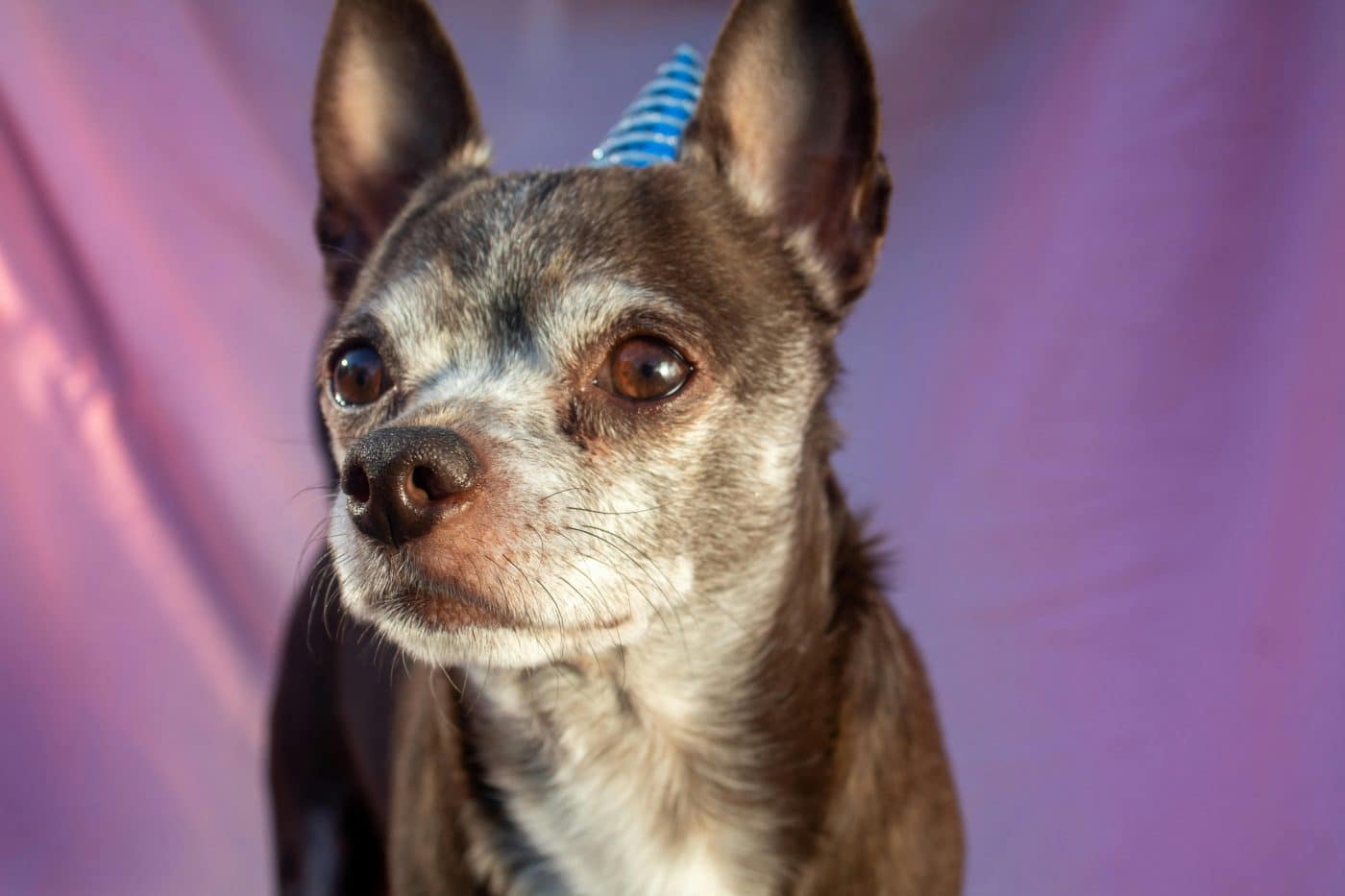 Shutterstock
Shutterstock
If your fully housetrained dog suddenly starts having accidents, don’t chalk it up to spite. Age-related bladder issues, kidney disease, or cognitive decline can all lead to indoor puddles. Sometimes they just can’t hold it like they used to or forget where the door is. It’s not rebellion—it’s biology. And it might be time to revisit those pee pads you thought you’d retired forever.
Thinning Fur or Dull Coat
 Shutterstock
Shutterstock
Your dog’s once glossy coat might start to lose its shine and become patchy or thin in places. Aging affects hormone levels and skin health, often leading to a dull or dry coat. It may also be harder for them to regulate oils in their fur, making them feel less silky and more scruffy. If your dog’s fur looks like it’s been through a blow dryer on “desert wind,” that’s a sign their youthful luster is fading.
Confusion or Disorientation
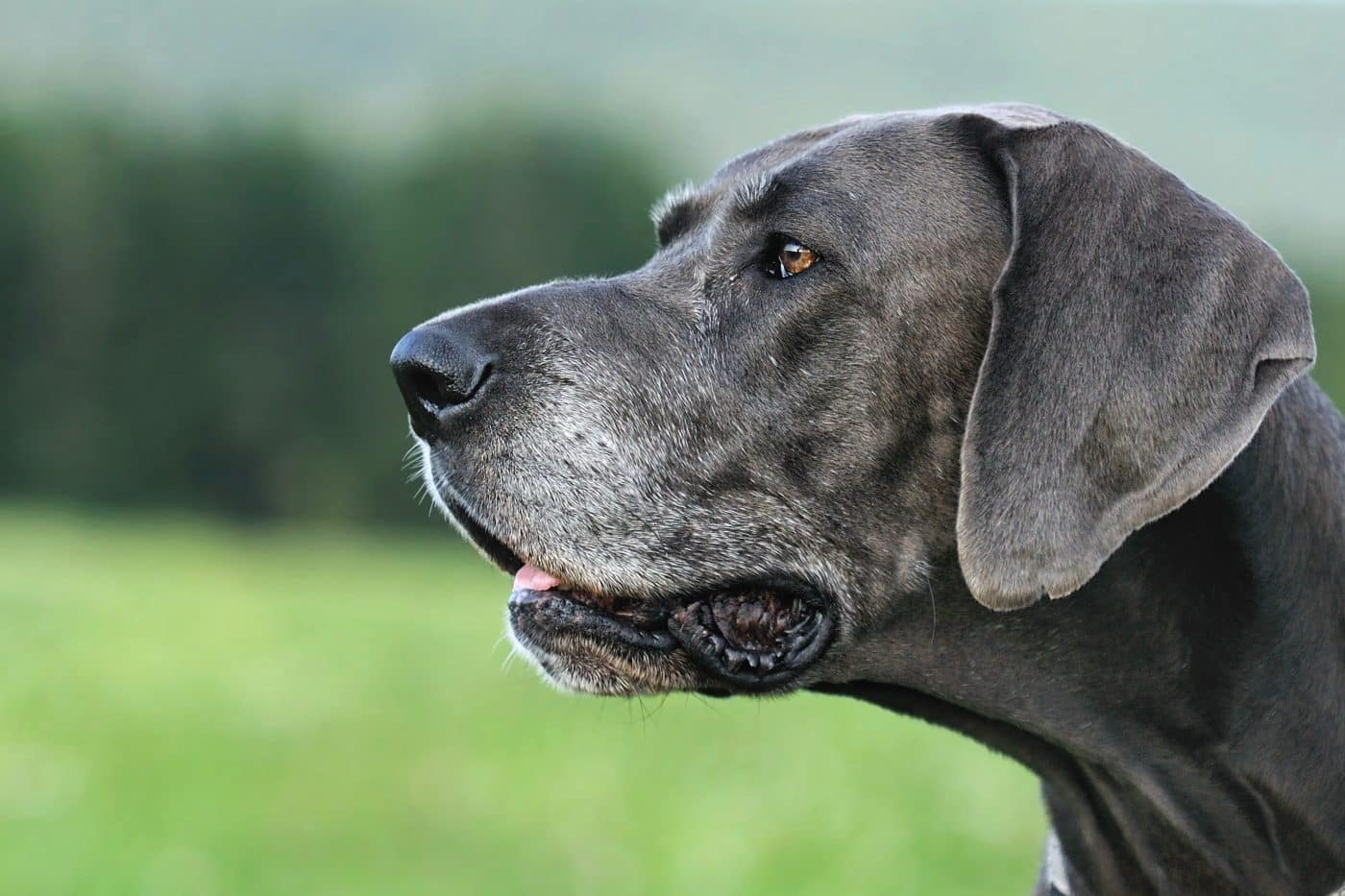 Shutterstock
Shutterstock
If your dog starts wandering into the wrong room or staring blankly at walls like they’re having a deep existential crisis, they may be experiencing canine cognitive dysfunction—a doggy version of dementia. They might forget routines, get stuck behind furniture, or act anxious in familiar places. It’s not just quirky behavior; it could be your dog’s brain showing signs of aging. Think of it as a senior moment, but with more tail wagging.
Reduced Appetite
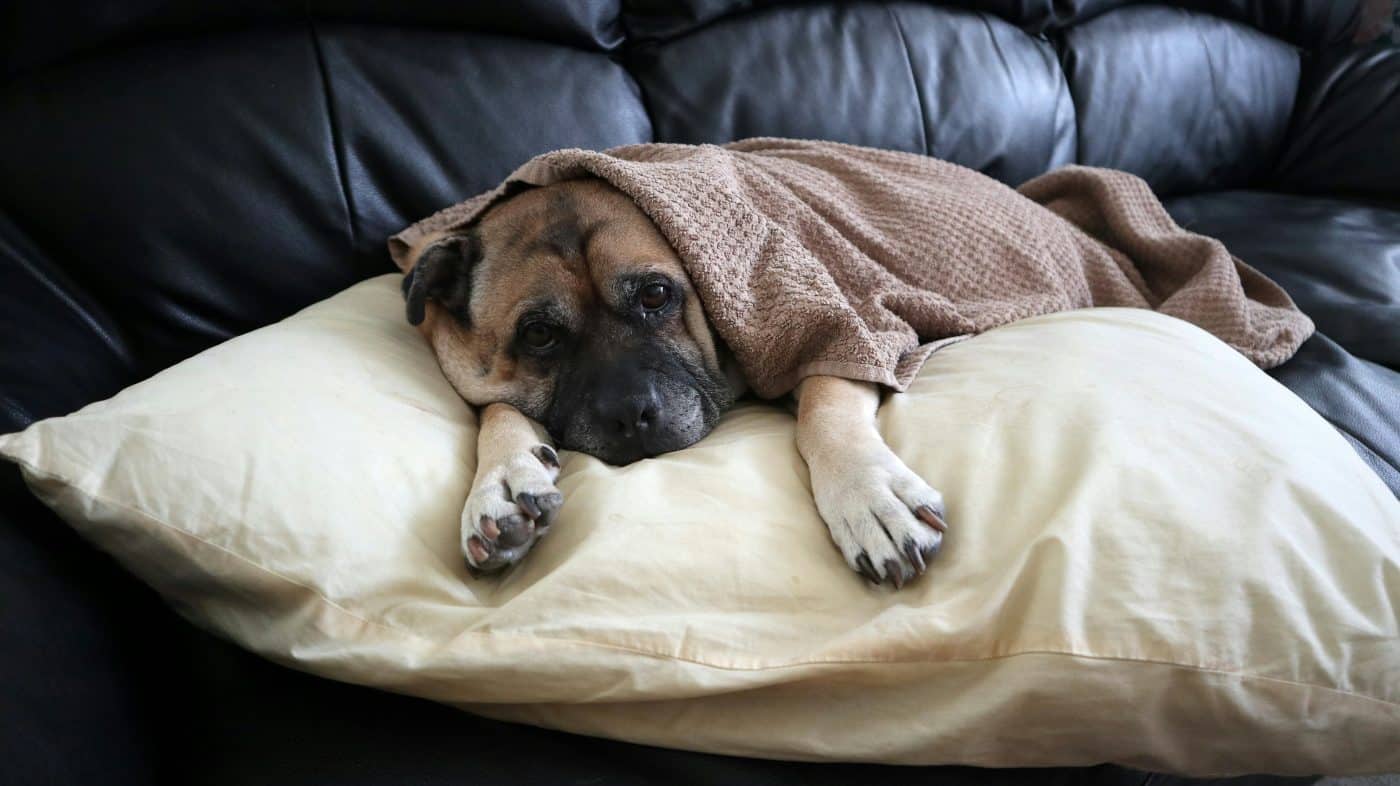 Shutterstock
Shutterstock
An aging dog may suddenly turn their nose up at food they used to devour in 12 seconds flat. This could be due to dental pain, a slowing metabolism, or internal issues affecting their sense of smell or taste. It’s not that they’ve become food critics overnight—it’s just that mealtime might not be as exciting or comfortable as it once was. When your dog’s kibble goes untouched, it’s a subtle clue their body might be slowing down.
Lumps and Bumps
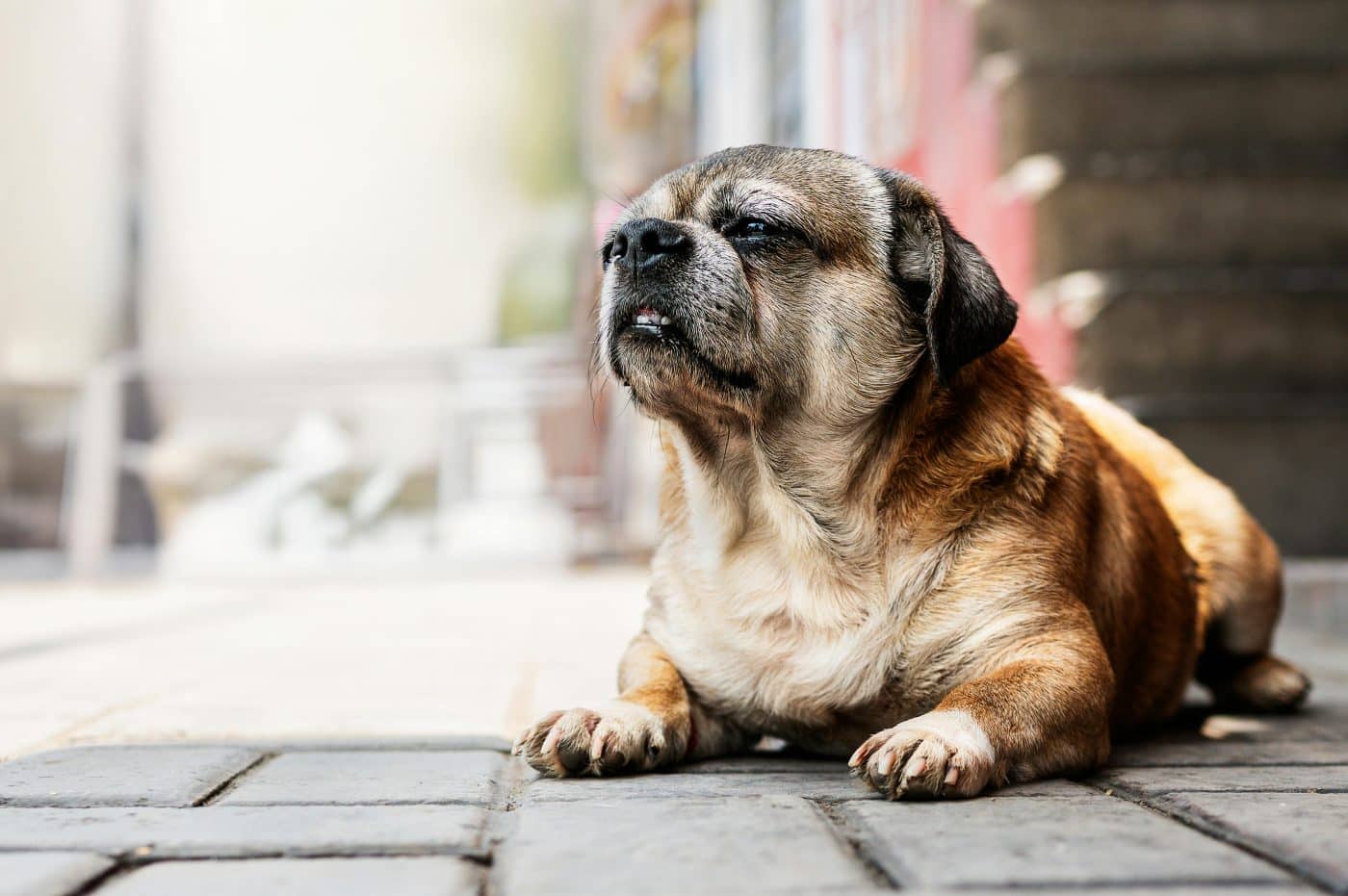 Shutterstock
Shutterstock
Not every lump is dangerous, but as dogs age, they tend to sprout little mystery bumps like furry mushrooms. These can be benign fatty tumors or more serious growths, and many go unnoticed if you’re not actively checking. Giving your dog regular massages or grooming sessions can help you catch them early. While not always alarming, these lumps are often age-related and deserve a vet’s attention—just to be sure they’re not plotting anything.
The Golden Years Come with Extra Cushions
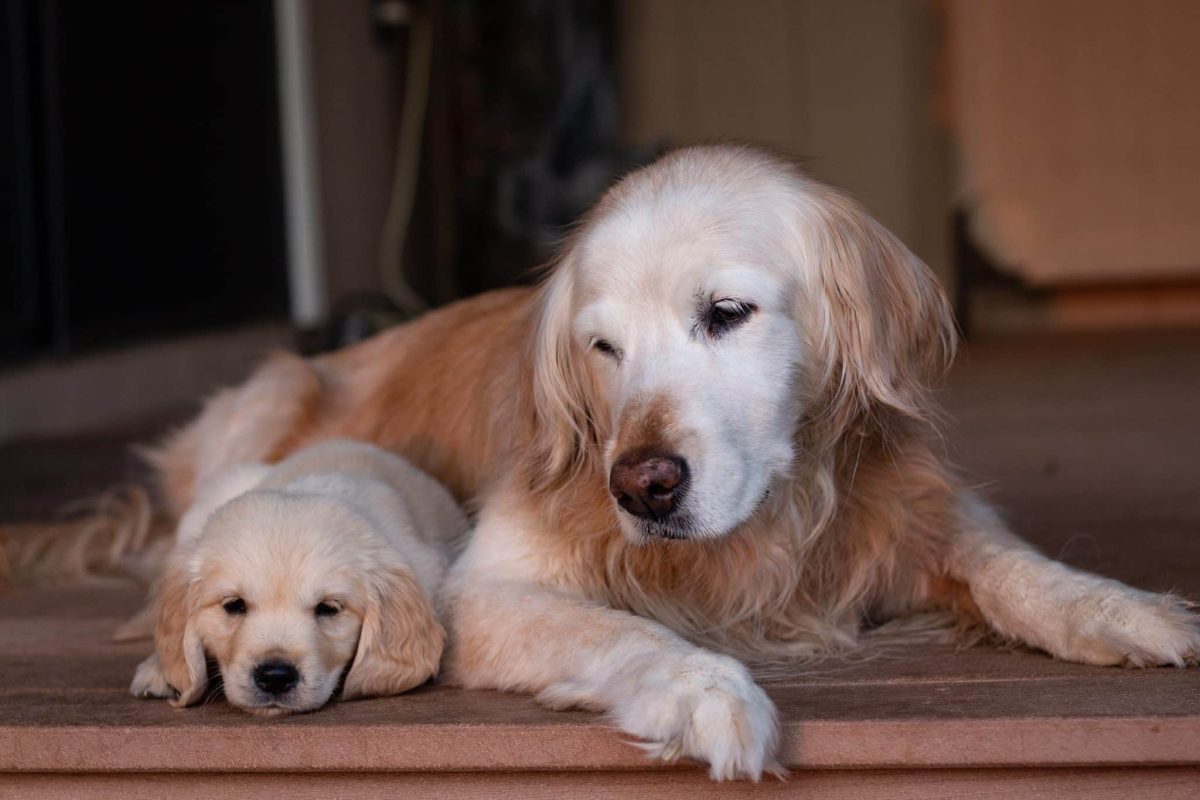 MidJourney
MidJourney
These gentle signs maybe your dog’s quiet way of saying they’re moving into their golden years a little quicker than you expected. While they’re still up for belly rubs, squirrel surveillance, and being your constant shadow, they might also need a little extra care. From a gray muzzle to occasionally missing the couch leap, these subtle clues speak volumes. Older dogs don’t need new tricks—they need softer beds, extra snacks, and a human who’s paying attention. And yes, they deserve a doggie sweater that says, “Aging like fine wine.”
 Toledo, United States.
Toledo, United States.
